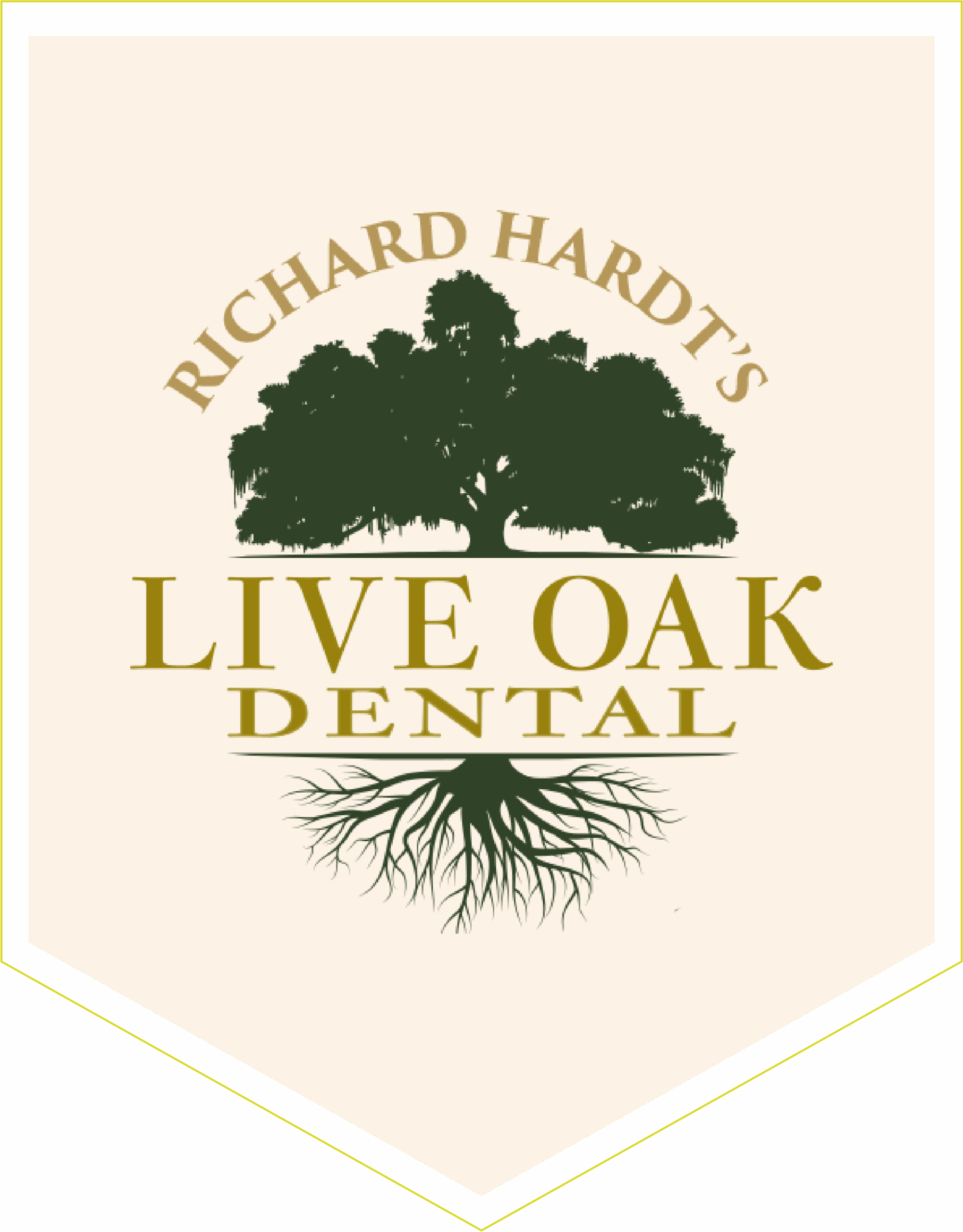About 50,000 Americans are diagnosed with oral cancer every year. About 43% of those people will die in the next five years due to oral cancer. Though oral cancer is often no more difficult to treat than other cancers, it is typically discovered in late stages.
Oral cancer is a term used to describe cancer that develops anywhere in your mouth, including your gums, tongue, cheeks, and the roof or floor of your mouth. Signs of oral cancer are often mistaken for other conditions, and it isn’t diagnosed until it’s in the late stages. Oral cancer is one of the most deadly types of cancer because of it.
Curing oral cancer is more successful when cancerous growth is caught early. Learn to recognize common symptoms of oral cancer and know when to get a screening. At his practice, Richard Hardt, DDS, offers comprehensive oral cancer screenings to help you stay healthy.
Recognizing signs of oral cancer
Oral cancer can develop in your gums, cheeks, tongue, throat, the roof of your mouth or the floor of your mouth. Common symptoms of oral cancer include:
- Swelling or thickening of your mouth soft tissue
- Development of white and/or red patches in your mouth
- Non-healing sores in your mouth
- Persistent sore throat or difficulty swallowing
- Oral bleeding
- Numbness in the face or mouth
- Hoarseness
Many signs of oral cancer may be indications of less serious conditions, like infection, but getting a proper screening could save your life. If you suffer from any of the above symptoms for more than two weeks, you should schedule a screening. If you notice changes in your ability to chew, swallow, or speak, make an appointment for an oral cancer screening immediately.
What can be mistaken for a common cold or a toothache may be oral cancer. Early detection and proper diagnosis make oral cancer treatment more effective.
Understanding your risk factors for oral cancer
Age, gender, and some lifestyle choices can put you at increased risk for developing oral cancer during your lifetime. Men are two times as likely to get oral cancer than women, and most cases of oral cancer are identified in patients that are over the age of 50.
Additional risk factors for oral cancer include:
- Using tobacco or smoking cigarettes
- Excessive sun exposure
- Heavy alcohol use
- Weakened immune system
- HPV
- Personal or family history of cancer
People that drink alcohol and use tobacco are typically six times more likely to develop oral cancer than those who don’t drink or use tobacco. Despite these risk factors, nearly 25% of people with oral cancer don’t smoke and drink alcohol responsibly.
Getting regular oral cancer screenings
Oral cancer treatment is more effective when the condition is caught early. Regular oral cancer screenings are often a part of your routine dental cleanings, and these screenings help Dr. Hardt identify signs of cancer.
In an oral cancer screening, Dr. Hardt examines your mouth to look for signs of cancerous or precancerous growth. He looks inside your mouth at your cheeks, gums, tongue, and more. He may feel the soft tissue of your mouth to check for lumps.
If your screening indicates the possibility of cancer, Dr. Hardt may recommend a biopsy to further evaluate your cells for a diagnosis. A biopsy can confirm the presence of cancer and help determine the stage the cancer is in, if you have cancerous growth.
Regular screenings help Dr. Hardt stay on top of your oral health. While many early signs of cancer might be signs of less serious conditions, it’s important to know the signs for which to look. Recognizing potential warning signs of oral cancer can help you stay healthy.
For compassionate dental care, look no further than Richard Hardt, DDS. Whether you need an oral cancer screening or it’s time for your regular dental cleaning, make an appointment with Dr. Hardt by calling our office at 424-260-1992 today.


